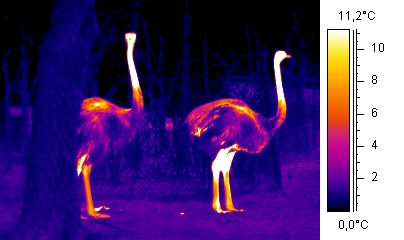Square law is a square factor for size increase and cube factor for volume increase.
For an animal, its size influence its heat dissipation.
Take a one cm long animal. Now scale it up to one meter long. That's a 100 times increase in lenght, but a 100 square in surface and 100 cube in volume.
But i dont get it. A larger animal would have much more surface to dissipate heat. Yet, smaller animal eat up to their weight in food in a day when giant mammal eat only 2 to 7% of their weight per day.
Why smaller animal loose heat so much faster and need so much more energy to keep up when their surface dissipation should be so much lower than larger animals.
For an animal, its size influence its heat dissipation.
Take a one cm long animal. Now scale it up to one meter long. That's a 100 times increase in lenght, but a 100 square in surface and 100 cube in volume.
But i dont get it. A larger animal would have much more surface to dissipate heat. Yet, smaller animal eat up to their weight in food in a day when giant mammal eat only 2 to 7% of their weight per day.
Why smaller animal loose heat so much faster and need so much more energy to keep up when their surface dissipation should be so much lower than larger animals.


